9 things you're probably wrong about when it comes to your car, from maintenance to pricing
Alexa St. John

- Whether you're a long-time car owner, or a first-time driver, there is plenty you need to know.
- Many drivers have misconceptions about maintenance for their car, or other aspects of ownership.
Whether you're a long-time car owner or first-time driver, there is plenty you need to know about your vehicle.
There is a complex buying or leasing process, chock-full of complicated financing talk, interest rates, and other terms to navigate. There are a lot of brands, models, types of vehicles, moving parts, and changing technologies to stay on top of. There are maintenance and service needs that are important to know.
Thought: You'll get a good deal buying a car at the end of the month.
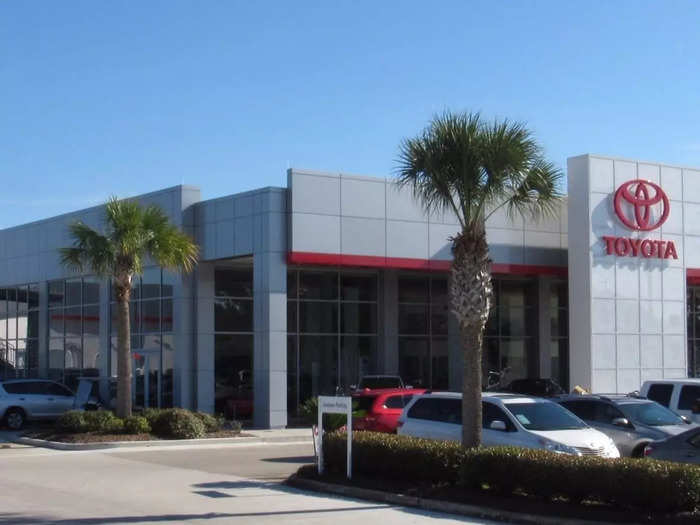
A lot of car buyers think that if they walk into a dealership at the end of the month, they're likely to get a better deal than they might have gotten a week or two earlier. They assume a dealer will want to get rid of as much inventory as possible to cap off that month's sales.
That might have been somewhat true... before the pandemic. But all aspects of car buying are never going back to normal post-COVID, and that includes finding those types of deals.
What is probably more fruitful to watch as an indicator of a good deal, instead, is automaker and dealer inventory. The more cars sitting on dealership lots, the more likely they may be willing to work with you.
Thought: You'll get an even better deal buying at the end of the year.
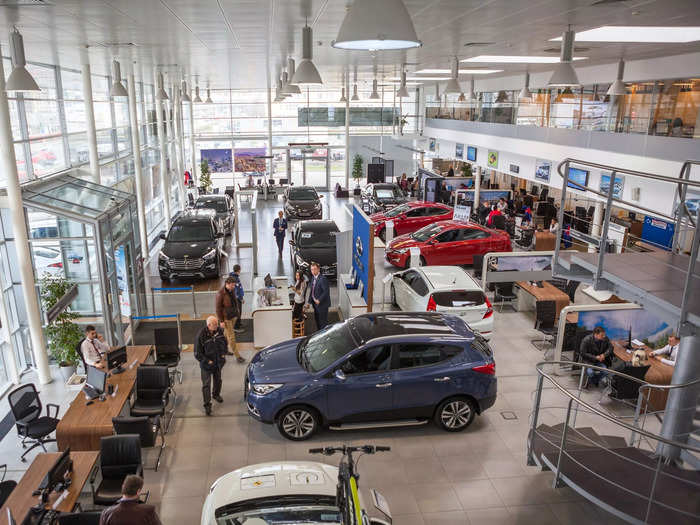
For similar reasons, many car shoppers think the very best car-buying deals come at the end of the calendar year. But again, with how car buying has changed so much since the pandemic, that's not necessarily the case.
We know that dealers aren't necessarily bringing back those holiday blowout sales like they used to. Part of that is because dealers know they don't need to anymore.
Consumer behaviors throughout the pandemic taught automakers and their dealers that customers are actually willing to wait longer and pay more for the vehicles they really want. That's shifting a bit as macroeconomic uncertainties weigh on consumers, but for the most part, there isn't much incentivizing the industry to reintroduce those major holiday sales.
Thought: Pricing is likely to get better as economic concerns continue.

The answer is somewhat simple: Not necessarily.
New and used vehicle prices have gone down pretty significantly from their pandemic highs. During that time, new vehicles were going for well over sticker price, and used vehicles were selling for far more than they were worth.
Cars are finally going for below sticker price for the first time in years, but the average transaction price for a new car was still $48,275 in April, according to Kelley Blue Book. For used vehicles, it was $26,799.
Even as the economy remains uncertain, there are several dynamics at play.
The pandemic-induced supply-and-demand crunch is still ongoing, affecting certain brands and vehicle models — and thus the pricing of those cars — more than others.
Meanwhile, automakers and their dealers aren't really incentivized to drop prices substantially, and they're even fighting with each other to hold off on doing so. In the end, the customer might win, but it won't necessarily be a direct result of just economic pressures.
The point is, buying a car might not ever truly get better, so you might as well buy one now.
Thought: Electric vehicles are going to be worse to maintain than gas-powered cars.
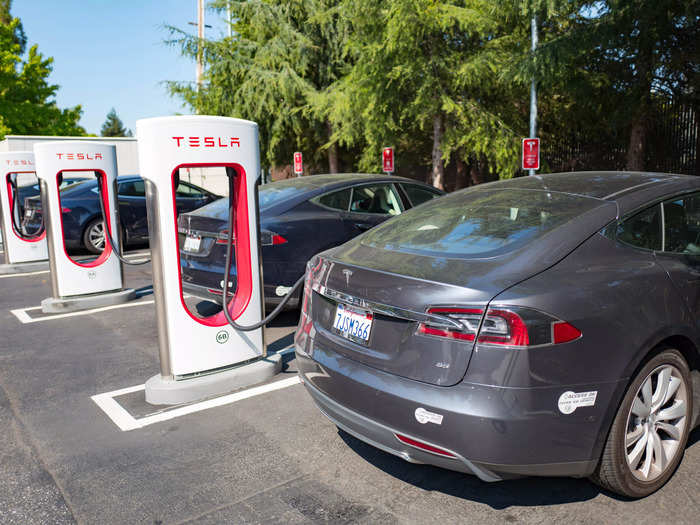
There's a yes and no to this one.
Electric vehicles generally need less service. We put together a guide on the key differences between an EV and a gas-powered one.
This includes no oil changes and other common gas-drivetrain maintenance. But it might include something like more frequent tire replacements, and there's always the battery to think about.
The cost, and potentially even wait times, associated with servicing and repairing an EV could be greater than that with an internal combustion engine vehicle. The repairing aspect is especially key.
One Kelley Blue Book analysis estimates EVs have maintenance costs of $4,246 over 5 years of ownership, lower than the $4,583 estimate for gas-powered cars. At the same time, EVs have $1,712 in repair costs over that period, higher than drivers looking at $1,695 in repair costs for gas-powered vehicles.
So it depends how you look at it: Overall, less maintenance — but if you do get in a fender-bender, it's likely going to cost you.
Thought: Premium gas is better for my vehicle, and will make it go faster.
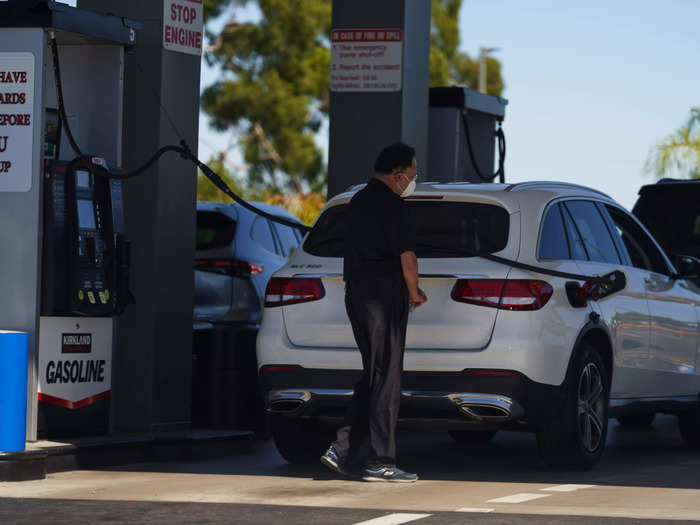
Drivers might assume that filling their gas-powered vehicle up with premium could boost their car's acceleration or fuel economy. That's really not the case, according to Cars.com.
Experts suggest that, if you fill up a car that calls for regular gasoline with premium, the opposite impact might occur.
Certain vehicles call for higher-octane fuel because, when used in the appropriate engine, it results in more power and better overall performance.
But a vehicle that calls for lower-octane fuel operates as it should when fed that fuel.
In return, a vehicle that does call for premium gas should be given premium. Otherwise, there's a risk of damaging the engine over time.
Thought: I don't actually need to rotate my tires.

Skipping your annual tire rotation is not a good idea.
Rotating your tires is important for optimal wear performance and overall maintenance, according to tire supplier Bridgestone.
With optimal vehicle alignment, tires still need to be rotated to counteract uneven wear patterns and maintain an even tread wear. This can help improve traction and fuel efficiency and save gas mileage, and ultimately aids the lifespan of your tires, according to Firestone.
It depends on the type of vehicle and tires, but ideally a replacement is done roughly every 5,000 to 7,500 miles, and many drivers do it at the time of their oil change. It also depends on whether you have front, rear, all, or four-wheel drive for which pattern of rotation you should do, whether front to back or side to side. The Tire and Rim Association offers specific guidelines on these patterns.
It's also a safety factor: Rotating your tires reduces the risk of failures or blowouts.
Thought: I don't really need winter tires.
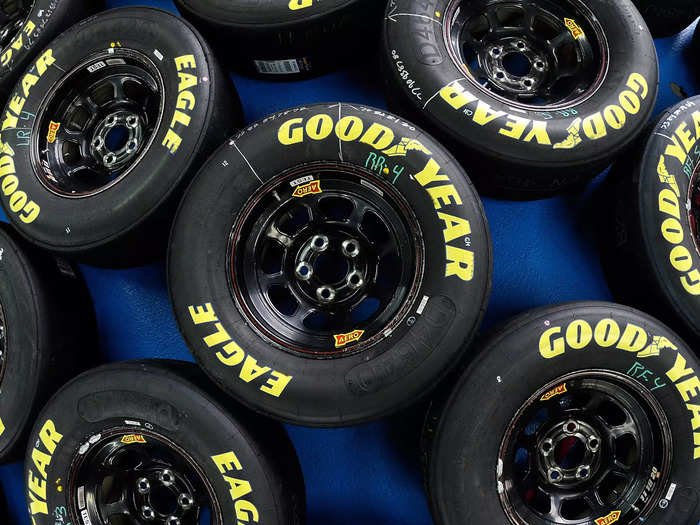
Drivers might not want to spend money on what they perceive as an added expense by having two sets of tires — an all-season set and a winter set — but having a winter set of tires, if you live in certain environments, could have a lot of benefits.
Winter tires are specifically designed to have tread patterns that can more easily navigate and have better traction on ice and in snow. But they're also not just for inclement winter weather; Road & Track suggests that winter tires are advantageous in cold environments even without wet or icy roads because of the way the rubber interacts within lower temperature ranges. Drivers specifically do not want to drive on winter tires throughout the year because their tread could wear more in warmer weather, reducing their lifespan.
An all-season tire can compromise a bit and handle both worlds. But where an all-season tire might not provide enough of the right grip to drive in the cold, but they could be more optimal for dry, warm temperatures.
Having two sets of tires doesn't necessarily mean a second investment, it just means each wears half as fast.
Thought: You need an SUV or pickup.
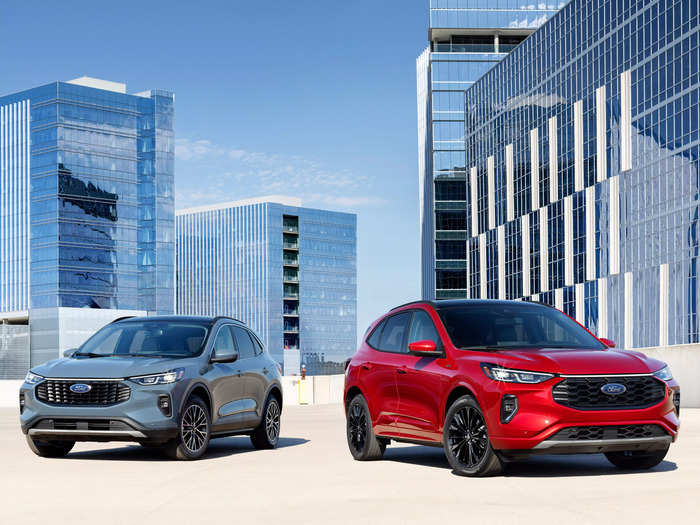
It's a controversial one, but perhaps not everyone needs to drive a pickup or an SUV.
SUVs, especially, and pickups, too, dominate US roads. But many experts would argue that a number of those vehicle owners don't use those cars to their full extent.
There are plenty of people across the country who do drive pickup trucks and use them for hauling, towing, and more. Those vehicles have a distinct purpose for certain lifestyles, careers, and needs. The same can be said for SUVs — whether a driver has a big family, needs to haul a lot on the weekends, or even finds that vehicle to be more accessible, those personal vehicle requirements are valid and it's important to have affordable options that accommodate everyone and all uses.
Others might be able to assess whether they do need that large vehicle. Sedans have largely gone by the wayside, and now cars are just getting bigger (and arguably less safe). Many Americans tend to buy their vehicles for a once-a-year situation — that one road trip or that one move — rather than for their needs a majority of the time, but there may be smaller, and more efficient, options.
Thought: Better fuel economy must mean lower emissions.
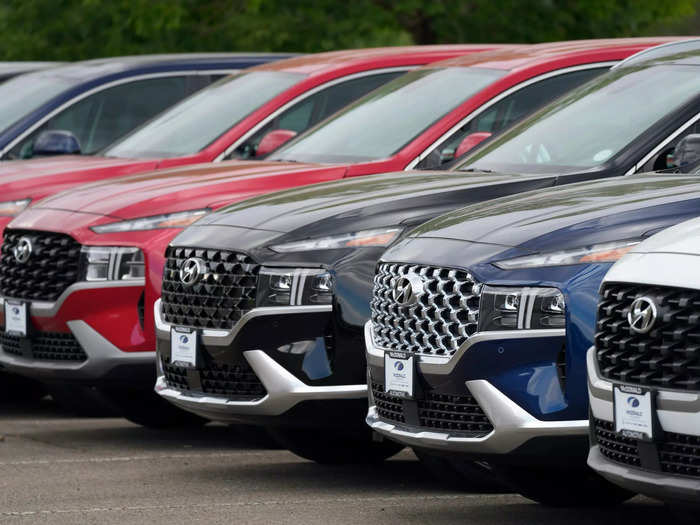
It's no surprise that internal combustion engine vehicles account for a lot of CO2 emissions — about 8% of them globally in 2021, according to the International Energy Agency. The agency notes fuel economy has increased from engine, powertrain, and vehicle tech improvements, but more efforts are necessary to meet broader decarbonization targets worldwide.
Part of that has to do with the above — big vehicles are getting bigger and more popular. Heavier, less efficient SUV sales have skyrocketed across the globe while EVs only account for a small percent of the total fleet. A long-term trend on increasing power has also slowed progress, per the IEA. Just because you're buying a more efficient vehicle, doesn't necessarily mean it contributes to broader progress.
Popular Right Now
Popular Keywords
Advertisement